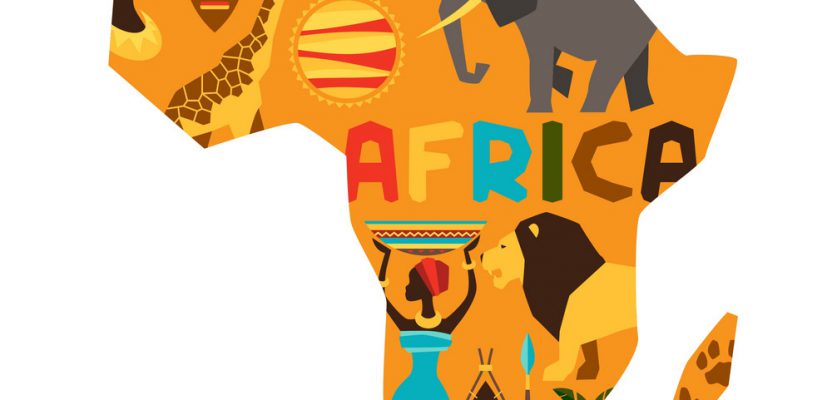While in the middle of teaching GIS to my masters students, the squeaky ceiling fan above us suddenly went off. It was another power cut, the third in two hours.
“Bienvenue en Afrique, Monsieur,” quipped one of my best students, making everyone laugh. I wiped the sweat off my forehead.
Welcome to Africa, or precisely, to Ouagadougou, Burkina Faso’s sweltering capital. In this country located south of the Sahara Desert, power cuts occur daily for the lucky 20% of the population with access to electricity.
“Can you even do a decent geospatial job there?” a well-meaning colleague in Belgium asked me candidly via e-mail.
My answer to her was an astounding yes.
Africa in Space
In fact, several African countries are active in the geospatial industry. South Africa, Egypt, and Nigeria are key players in the continent’s space market, now estimated at US$7 billion. Even smaller countries like Angola, Ghana, and Morocco have joined the space race by launching their own Earth observation (EO) satellites.
This dynamic interest in space is what the GMES & Africa initiative aims to seize. A European Union (EU) and African Union collaboration, the initiative promotes the practical use of EO products in the region. For instance, after Cyclone Idai swept through Mozambique last March, radar images from the European Space Agency’s Sentinel-1 satellite were used to provide up-to-date flood maps to support aid efforts on the ground.
“Mozambique is not alone in these difficult times,” said Christos Stylianides, EU commissioner for Humanitarian Aid.
The interest to map Africa can also be seen in the latest experiment of Facebook engineers. They applied machine learning techniques to 11.5 billion pixels of satellite imagery and publicly available population data, then last month they released the continent’s “most accurate and highest-resolution population density maps.” The result is a stunningly beautiful map that’s worth a look.
Africa in the Air & Tracking
Up in the air but much closer to the ground, drones have taken flight to fill the gaps in basic-services delivery. In Ghana and Rwanda, these small flying machines are transporting medical supplies in far-flung communities. It is a successful business model now being tested in the US. Drones are also tracking diseases in cocoa farms in Ivory Coast so that your next chocolate bar stays delicious.
Other ingenious geospatial solutions have been positively received by local communities. GPS-enabled bracelets worn by nomadic women in Kenya allow doctors to quickly locate and provide mothers and their babies with timely healthcare services wherever they may be. In Mali, cattle herders can now receive information on water locations in the desert via their mobile phones so that their animals won’t go thirsty.
SOTM Africa
And for those who missed last year’s FOSS4G event in Tanzania, there is still time to see the latest geospatial trends in the region at the State of the Map Africa conference (SOTM Africa) in Ivory Coast come November. I might even see you there as my students present their latest support-vector machine-derived land-cover maps. So much sweat literally went to create them.
Here in Africa I have learned that there are no limits to create useful geospatial products as long as there is willingness to collaborate and to try new solutions. This is possible, of course, even with power cuts.
Happy mapping!
 This article appeared in xyHt‘s e-newsletter, Pangaea. We email it twice a month, and it covers a variety of unusual geospatial topics in a conversational tone. You’re welcome to subscribe to the e-newsletter here. (You’ll also receive the once-monthly Field Notes newsletter with your subscription.)
This article appeared in xyHt‘s e-newsletter, Pangaea. We email it twice a month, and it covers a variety of unusual geospatial topics in a conversational tone. You’re welcome to subscribe to the e-newsletter here. (You’ll also receive the once-monthly Field Notes newsletter with your subscription.)



